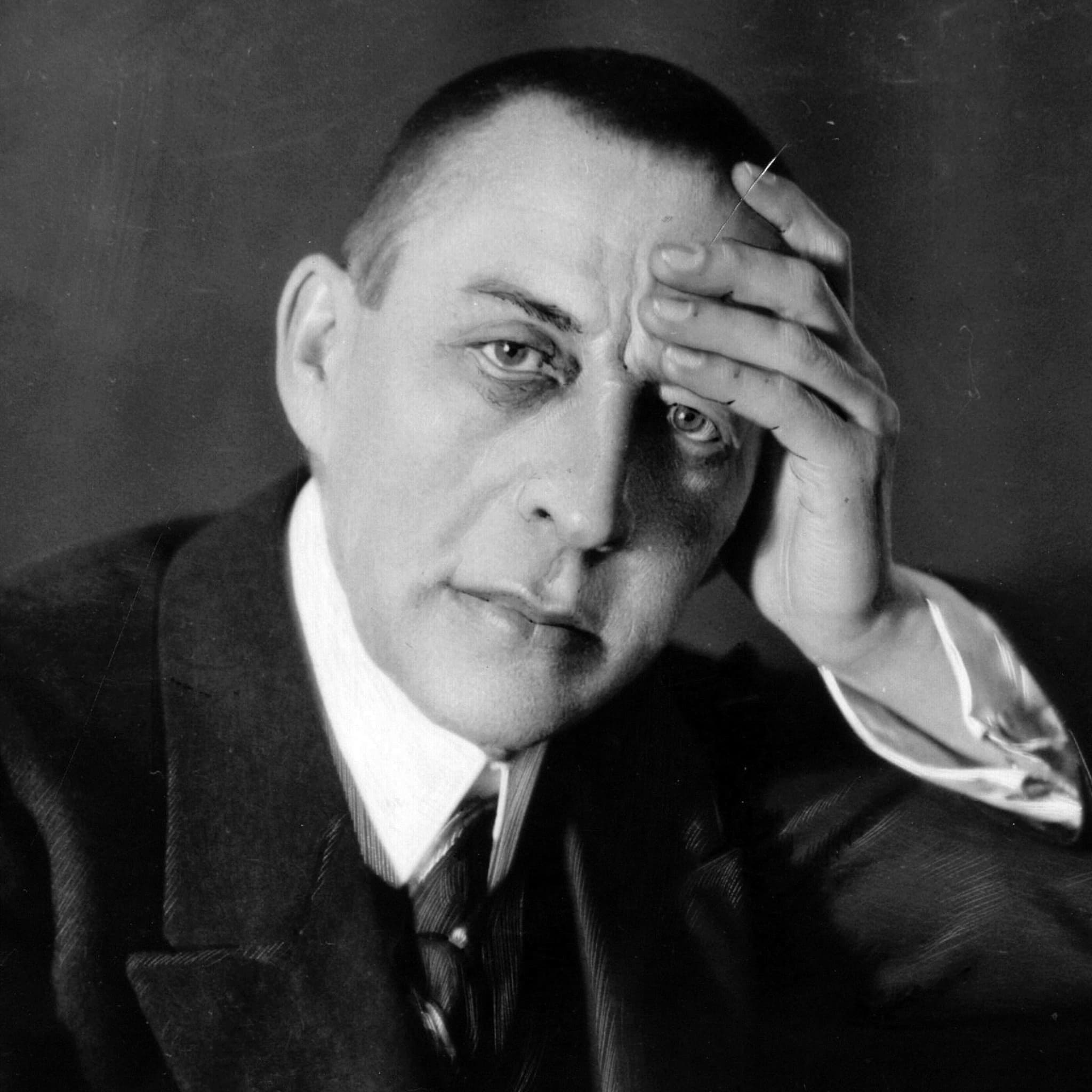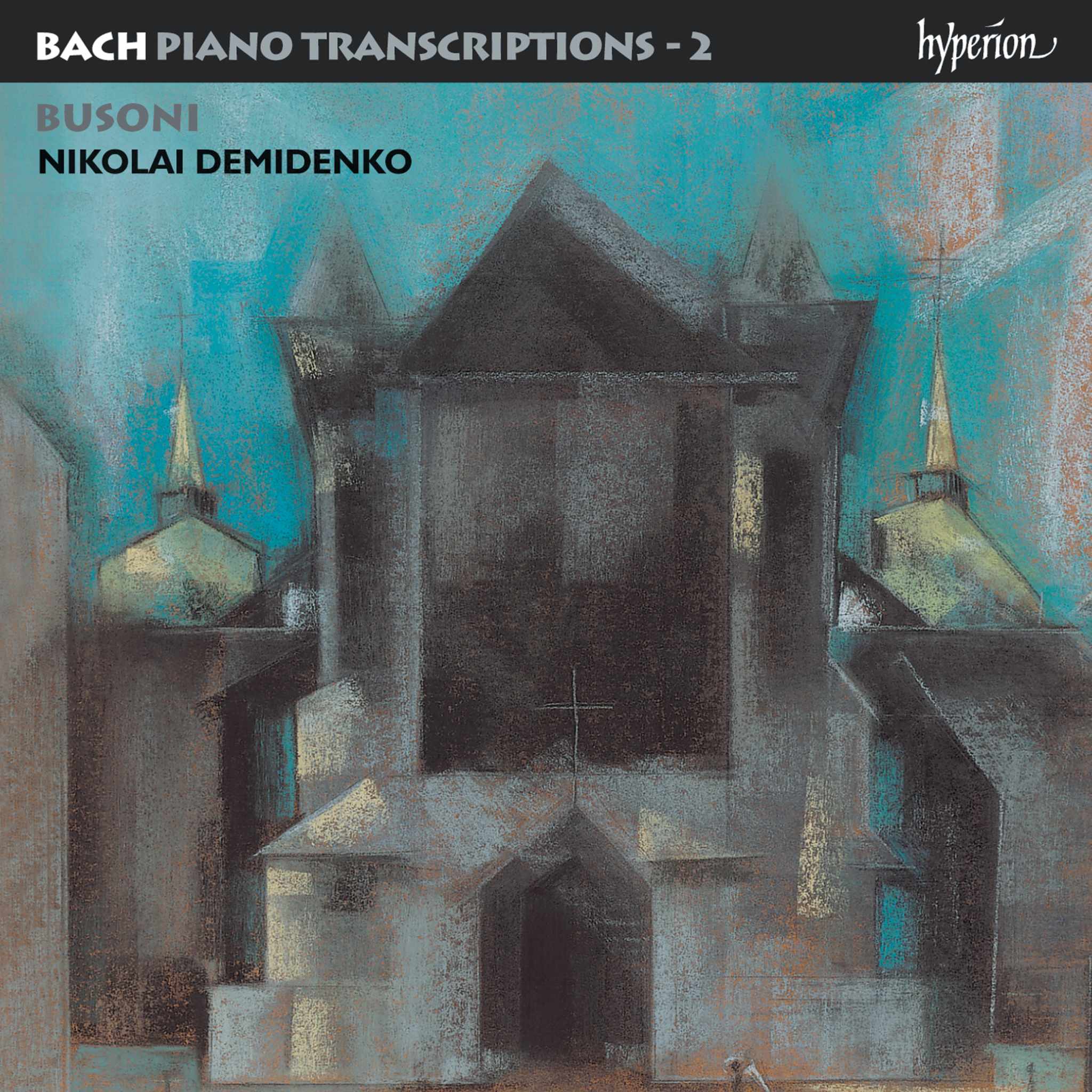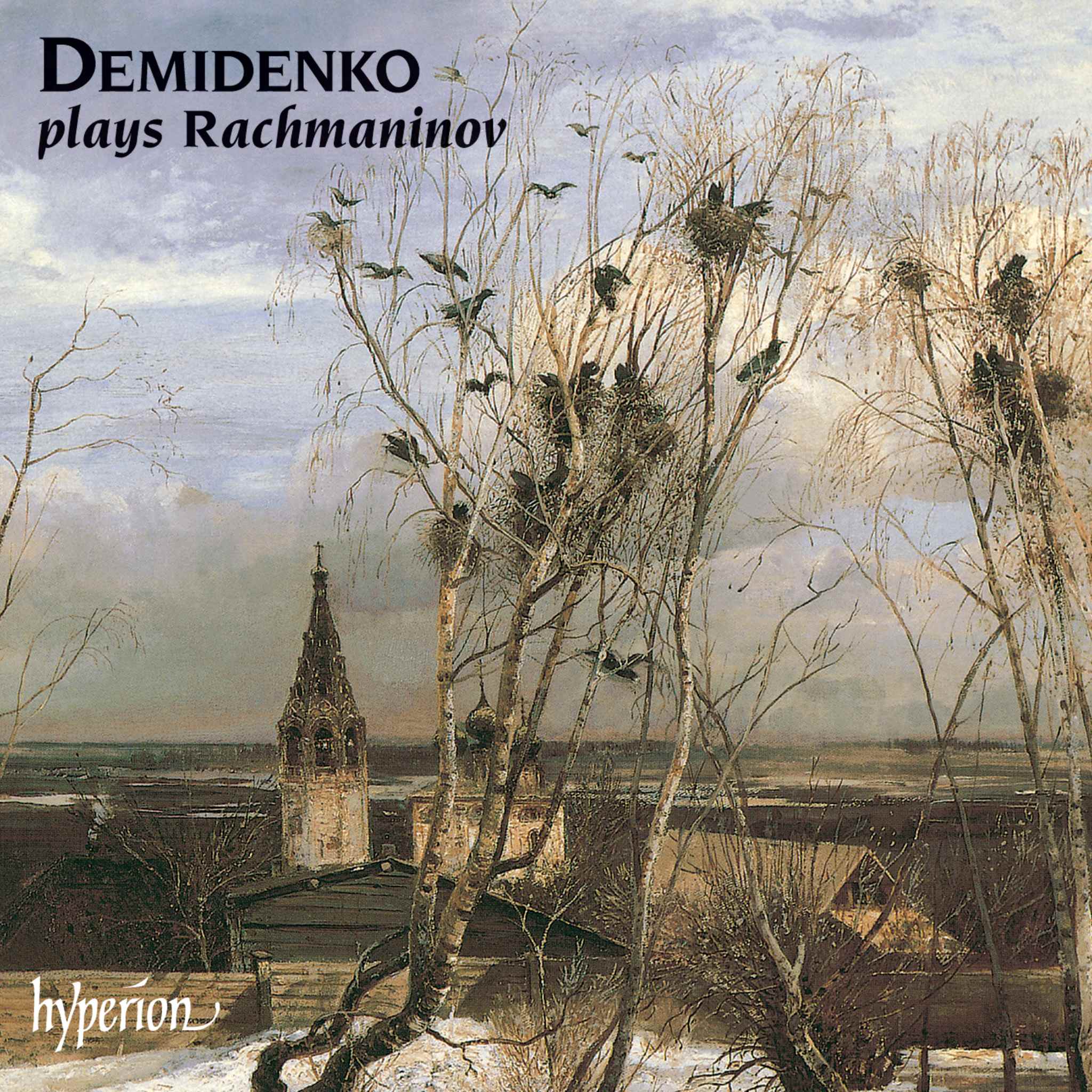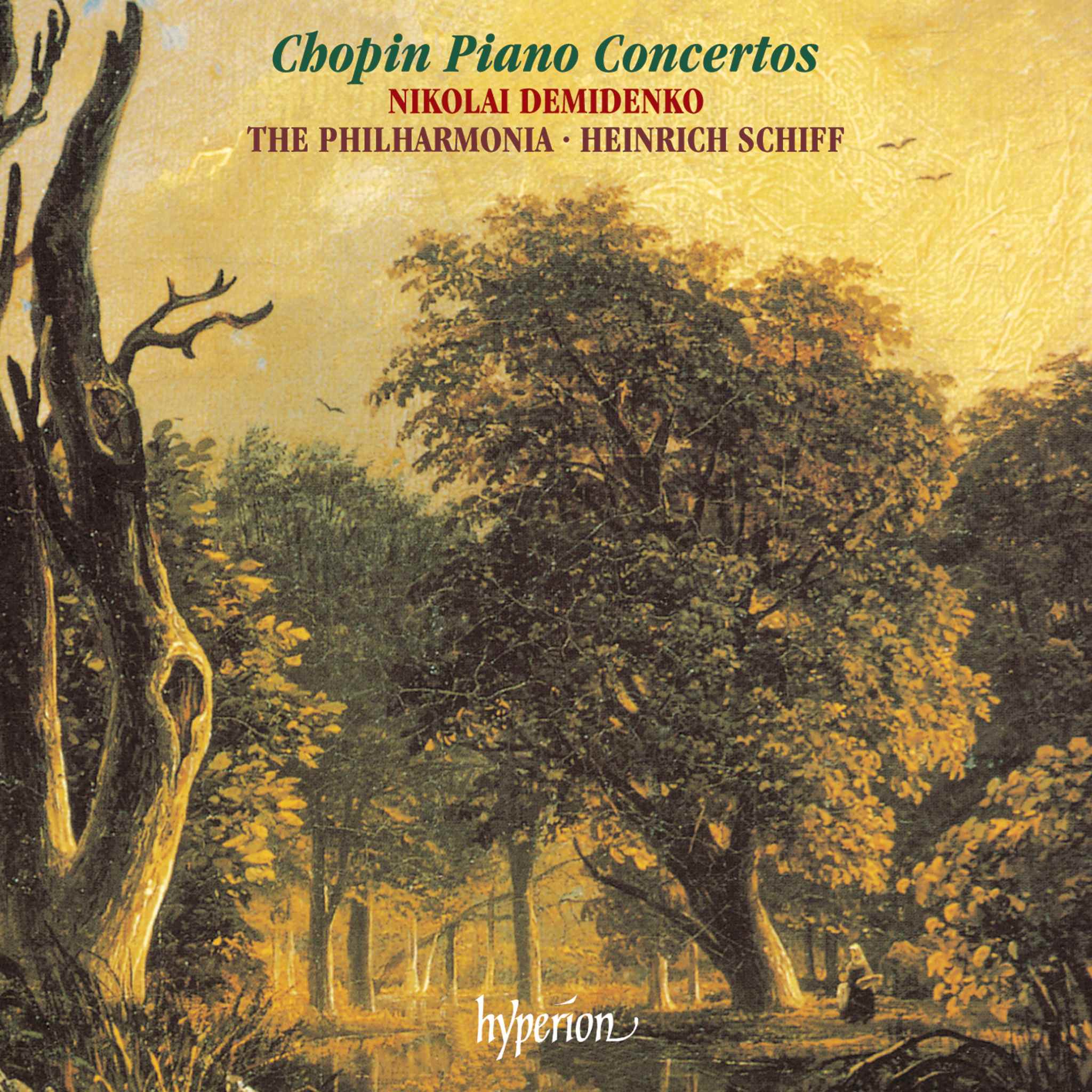Album insights
Strawinsky emphasized the importance of balancing the Dionysian and Apollonian aspects in creating a work, praising Weber's ability to crystallize these elements. Despite Weber's fame as a pioneer of German romantic opera, his piano works were overshadowed until recently, gaining recognition due to renewed interest in early Romanticism and skilled pianists like Garrick Ohlsson.
Weber's piano sonatas were initially overlooked in favor of his operatic achievements, but critical acclaim is now growing for their instrumental brilliance. Each sonata showcases Weber's evolving style and depth of emotion, reflecting his personal growth over the years. The devilish intensity of his third sonata in D minor, composed in just 20 days, reveals Weber's darker, Beethoven-inspired side, highlighting his innovative techniques and increasing mastery of the piano.
Weber's journey through composing his four piano sonatas marked a progression towards refinement and introspection, showcasing a transformation from dazzling virtuosity to more nuanced complexities. Each sonata displays Weber's adept blend of form, content, and expression, creating a harmonious symphony of elements in his artistry. His shorter pieces like Momento capriccioso and Rondo brillante captivated audiences with their playful yet technically demanding compositions, reflecting the brilliance and joyous exuberance characteristic of Weber's musical genius.
The enduring appeal of works like Aufforderung zum Tanz lies in Weber's ability to blend Dionysian fervor with Apollonian elegance, a testament to his artistic prowess and timeless creativity.







